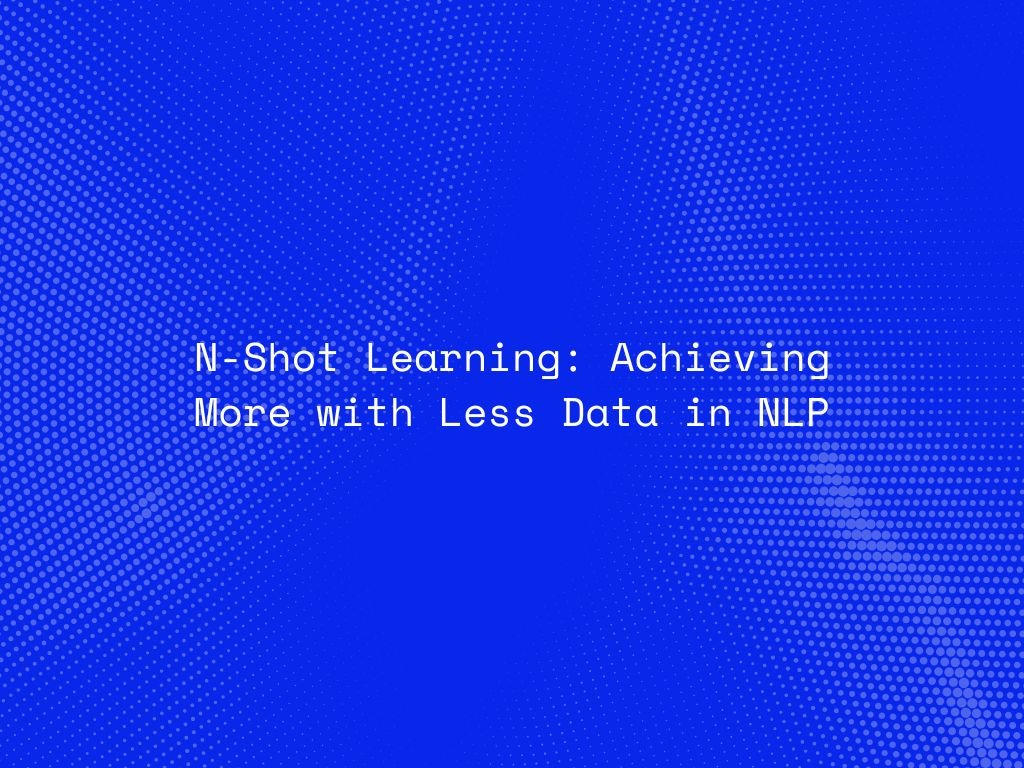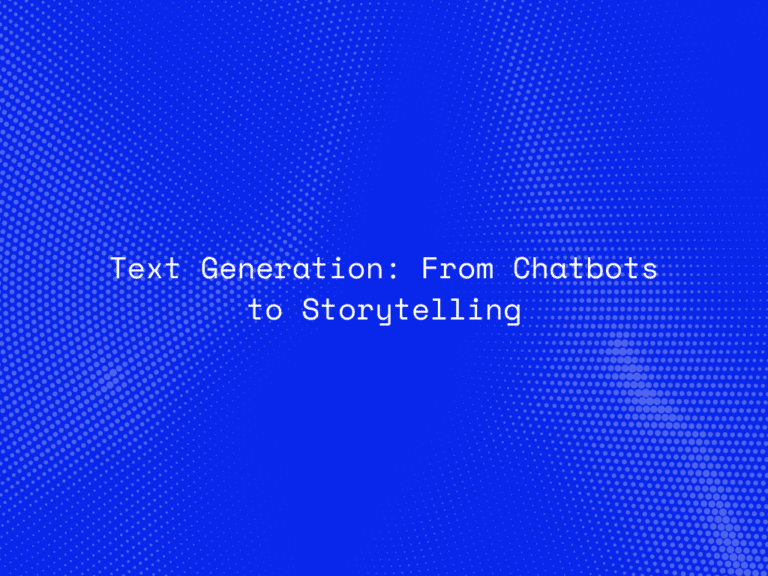The field of Natural Language Processing (NLP) has seen remarkable progress with large-scale models like GPT, BERT, and T5. However, traditional NLP models often require massive datasets and computational resources for fine-tuning on specific tasks. Enter N-shot learning—a powerful technique that enables AI systems to generalize and perform tasks with very few training examples.
Whether you’re building chatbots, sentiment analyzers, or machine translation tools, N-shot learning provides a way to do more with less, significantly reducing the need for large annotated datasets.
What is N-Shot Learning?
N-shot learning refers to a machine learning paradigm where a model is trained to perform a task given N examples. Depending on the value of N, it can be:
-
Zero-shot learning: The model completes a task without any specific examples.
-
One-shot learning: The model learns from just one example.
-
Few-shot learning: The model is given a small number of examples (typically 2–10).
-
N-shot learning: A generalization of the above, where N can be any small number.
Unlike traditional supervised learning, where thousands or millions of labeled samples are needed, N-shot learning leverages pretrained models and prompt engineering to adapt quickly to new tasks.
Why It Matters in NLP
Natural language is inherently diverse, contextual, and ambiguous. Manually labeling large amounts of data for every new NLP task or domain is expensive and time-consuming. N-shot learning offers a solution by:
-
Reducing data dependency
-
Speeding up task adaptation
-
Improving resource efficiency
-
Enabling personalization and domain-specific NLP
It has become especially relevant with the rise of large language models (LLMs), which can learn contextual patterns and transfer knowledge to new tasks with minimal guidance.
How N-Shot Learning Works in NLP
The core of N-shot learning in NLP lies in prompt-based learning. Here’s how it works:
-
Pretrained Language Models (PLMs) like GPT-4 or LLaMA are trained on massive corpora.
-
A user creates a prompt that includes:
-
A natural language description of the task.
-
N labeled examples.
-
A query or input to generate the model’s prediction.
-
-
The model uses the examples in the prompt to infer the task structure and produce an appropriate response.
For example, in a sentiment analysis task, a few labeled examples like:
Review: "This phone is amazing." → Positive
Review: "Battery life is disappointing." → Negative
Review: "It's okay, but not great." → ?
…can guide the model to predict the sentiment of the third review with surprising accuracy.
Applications of N-Shot Learning in NLP
1. Text Classification
With a few examples, N-shot learning can classify emails as spam, identify product categories, or detect hate speech—without training a full classifier.
2. Question Answering
Models can answer domain-specific questions with a few example Q&A pairs, reducing the need for massive curated knowledge bases.
3. Named Entity Recognition (NER)
Instead of tagging thousands of sentences, users can provide a few example annotations and still achieve decent extraction accuracy.
4. Language Translation
Low-resource languages often lack large corpora. Few-shot prompts using examples from similar language pairs can help models generalize translations.
5. Summarization and Paraphrasing
N-shot learning enables dynamic summarization or rephrasing by showing the model just a few style or tone examples.

Benefits of N-Shot Learning
-
Cost-Efficient: Eliminates the need for large datasets and extensive labeling.
-
Fast Adaptation: Quickly applies to new tasks and domains.
-
Highly Scalable: New features or use cases can be added without retraining the model.
-
Low-Code/No-Code AI: Empowers non-technical users to fine-tune model outputs through prompt design.
Limitations and Challenges
Despite its promise, N-shot learning comes with challenges:
-
Prompt Sensitivity: Model output can vary significantly based on prompt wording or order of examples.
-
Performance Gap: For very complex or ambiguous tasks, N-shot learning may not match the accuracy of fully fine-tuned models.
-
Context Length Constraints: Long prompts can exceed the model’s input limits, especially for large tasks.
-
Bias and Reliability: Without proper control, models may generalize from biased or poor-quality examples.
These limitations are being addressed through prompt optimization techniques, better model architectures, and hybrid training approaches.
The Future of N-Shot Learning in NLP
As LLMs become more capable and context-aware, N-shot learning is evolving into a mainstream interface for task conditioning. Future innovations include:
-
Dynamic Prompt Engineering Tools: Platforms that help craft, test, and optimize prompts for different N-shot setups.
-
Prompt Tuning and Prefix Tuning: Lightweight methods for improving model performance without full retraining.
-
Memory-Augmented Models: AI that learns and stores examples over time to expand N-shot capabilities into continual learning.
-
Automated Example Selection: Systems that choose the most effective N-shot examples based on model performance.
These advancements will make N-shot learning a central feature in enterprise AI platforms, low-code tools, and real-time NLP applications.
Conclusion
N-shot learning represents a pivotal shift in how NLP tasks are approached. By enabling models to generalize from minimal examples, it democratizes access to AI capabilities and dramatically reduces development time and data requirements.
In a world where adaptability, speed, and privacy matter more than ever, N-shot learning provides a flexible, efficient, and scalable pathway to build intelligent language applications without the burdens of traditional training pipelines.




